Hot Summer Bass Fishing Tip
My buddy, Kerry Frey, has a beard that rivals ZZ Top. He lacks talent with a guitar, but what he does with a fishing rod is just as magical.
The local tournament trails have been his playground the past 5 years, and has earned that prestigious label as a “Ringer.” Unfortunately for smallmouth bass, he has recently begun making the Michigan BFL league his new ground.
Summer Bass Fishing Tip: 1-2 Summer Punch
During a recent, hot summer bass fishing trip he showed me a 1-2 punch to catch big bass I thought not possible except during prespawn time. Like his beard, the key is delving into the thick stuff.
“Bass seek shade when it gets hot,” he emphasized. “That is either going to be in deep water or in the shade of thick vegetation.” It depends on the makeup of the lake, but on a lake with ample thick vegetation, the big ones get under it.
Summer Bass Fishing: Frog Fishing
“I thought we were going to be punching the lily pads?” I asked.
“Early in the day before the sun gets up,” Frey responded, “the fish are more likely to be moving around looking for a meal. This is a good time to use a moving bait along the edges of the weeds like a frog.”
He was on Q. He boated a handful of fish in the first hour on the outside edge of weeds and lily pads before I knew what was going on.
The frog was attached to 50-pound braid line, which was connected to a high-speed reel. High-speed reels help bring fish to the surface before they get too tangled into the heavy weeds. It is complemented with a heavy action rod.
Many models of frogs are on the market, but Frey used a 2.5 inch, hollow-belly frog. He twitched it constantly all the way back to the boat. Each twitch moved the bait a few inches and caused the bait to turn left to right.
Summer Bass Fishing: Punch Bait
As we began to feel the summer heat, he crept the boat closer to the lily pads and began flipping a pegged, ¾ ounce weight Strike King Structure Bug into the pads. Each flip was deliberate and only 2-3 feet into the patch of weeds.
“It might look like I’m randomly tossing my bait,” he explained, “but I’m targeting something on each cast. Places where something is different is what I’m flipping to; rather that’s where 2 different sizes of pads meet, different types of vegetation, deeper water, or anything that is different from the norm.”
Through the day we established that the bass were relating heavily to any edge where the pads lined up next to different vegetation or next to open water. He uses the same set up as he does the frog.
“Punching is not for everyone. It can wear you out, makes a mess in your boat, and you’re going to miss some. But the reward is worth it.”
Set the Hook with Authority
Setting the hook with a weight this heavy and failing to make penetration into the fish’s mouth is like sending a bullet at yourself, but this is where a common mistake is made by anglers. “You have to set the hook with authority,” offered Frey. “It’s necessary to get good hook penetration but also to bring the fish to the surface. If they get tangled in the pads, they’ll create slack and shake themselves free.”
Shortly afterward, I learned the hard way. An aggressive fish bit, and I gave a soft hookset. I felt and heard a heavy fish thrash in the pads before getting tangled. Frey motored over to the fish, then I laid on my belly reaching into the pads, but only found my hook snarled in a pad. Once I got comfortable setting the hook with authority, I greatly increased my landing ratio.
“Punching is not for everyone,” insists Frey. “It can wear you out, makes a mess in your boat, and you’re going to miss some. But the reward is worth it. It is also a cheap way to fish. Fancy fish finders and expensive boats are not necessary. A flipping stick and johnboat is all you need!”

Check out more from Andy Buss on his YouTube Channel.
DID YOU ALSO SEE?

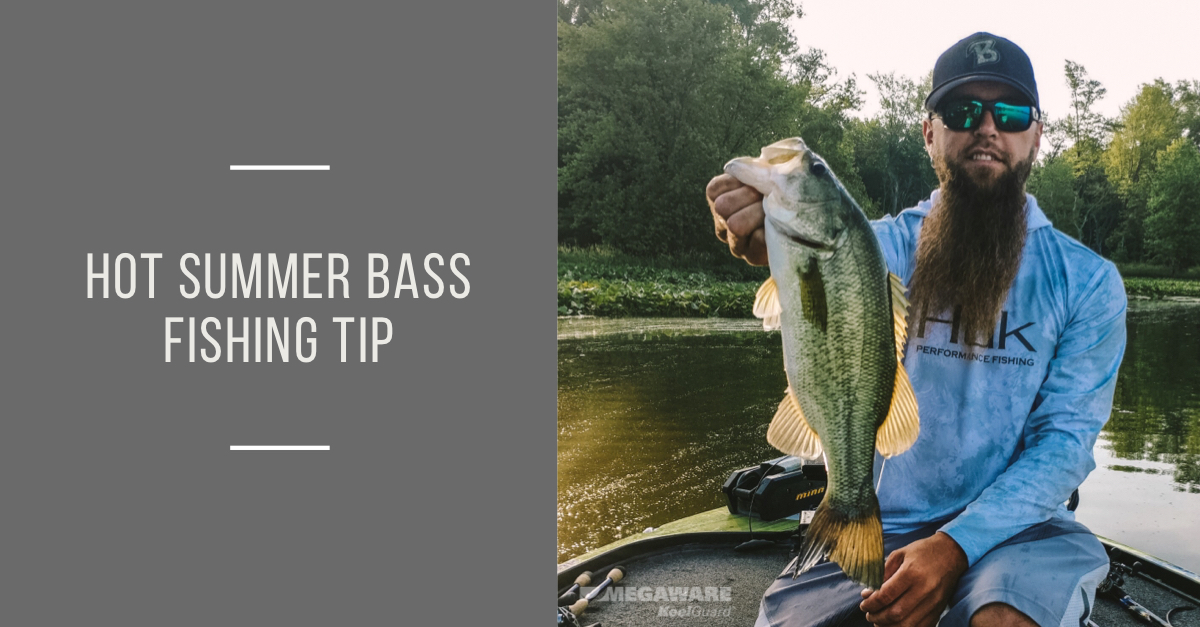
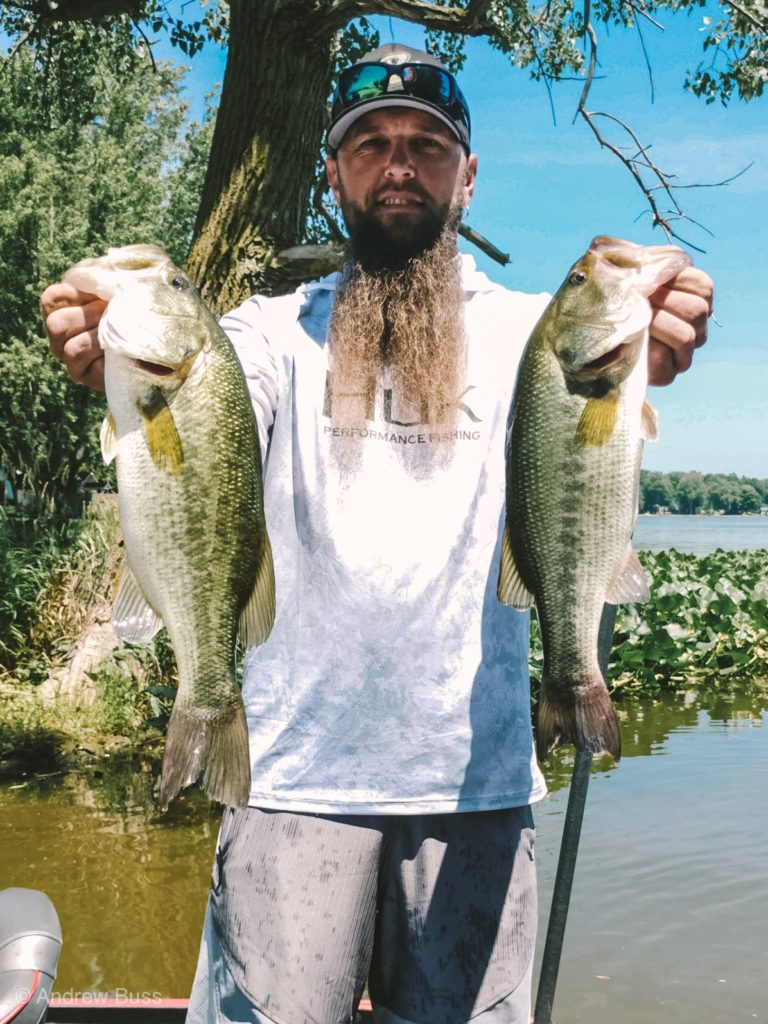

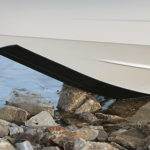

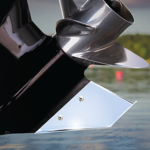

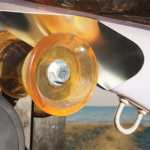
Comments